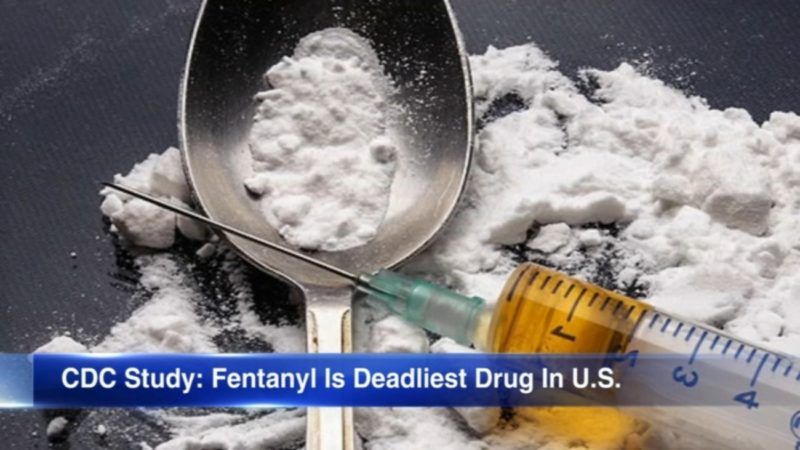Does the Drop in Opioid-Related Deaths Mean the Crackdown on Pain Pills Is Finally Working?
Since prescription restrictions pushed drug users toward deadlier substitutes, the decrease in fatalities is more plausibly attributed to harm reduction measures.

Opioid-related deaths in the United States, which had been rising steadily since 1999, fell slightly in 2018, from 47,600 to 46,802, according to the latest data from the U.S. Centers for Disease Control and Prevention. That 1.7 percent drop was mostly due to a decline in deaths involving pain pills, which decreased by 13 percent, from 14,495 to 12,552.
Does that mean the government's crackdown on prescription analgesics is finally having the desired effect? Probably not. The decline in opioid-related deaths is more plausibly attributed to harm reduction measures such as wider access to the overdose antidote naloxone and treatment programs involving methadone and buprenorphine. Ham-handed efforts to reduce the supply of pain pills, by contrast, have deprived bona fide patients of the medication they need while driving nonmedical users toward black-market substitutes, which are far more dangerous because their potency is highly variable and unpredictable.
That hazard has only been magnified by the increasing prevalence of illicit fentanyl, a cheaper and much more potent substitute for heroin. While heroin-related deaths fell by 3 percent in 2018, from 15,482 to 14,996, deaths involving "synthetic opioids other than methadone," the category that includes fentanyl and its analogs (some of which are even more potent), rose by 10 percent, from 28,466 to 31,335. That category of drugs was involved in 67 percent of opioid-related deaths in 2018, up from 60 percent in 2017.
The share of all drug-related deaths that involved opioids rose from 48 percent in 1999 to 69 percent in 2018. But while the share of opioid-related deaths involving prescription analgesics (excluding methadone) rose from 34 percent in 1999 to 52 percent in 2010, it has been declining since then. In 2018, pain pills were involved in 27 percent of opioid-related deaths, many of which also involved heroin or fentanyl.
Heroin's role in opioid-related deaths increased from 14 percent of cases in 2010 to 39 percent in 2015 but had fallen to 32 percent by 2018. Fentanyl's share, meanwhile, increased more than five-fold between 2013 and 2018. You can start to see why the upward trend in opioid-related deaths not only continued but accelerated after the total volume of opioid prescriptions began to decline in 2011, which coincided with the rising prominence of heroin and fentanyl.
The increase in opioid-related deaths during the last two decades is part of a broader long-term trend. The total number of drug-related deaths fell by 4 percent between 2017 and 2018, from 70,237 to 67,367, a change that helped reverse recent declines in life expectancy. But the 2018 total was still 11 times the number in 1980. The death rate was 20.7 per 100,000 people in 2018, compared to just 2.7 in 1980. And even as opioid-related deaths fell by about 2 percent in 2018, deaths involving cocaine and "psychostimulants" such as methamphetamine rose by 5 percent and 23 percent, respectively.
The upward trend in drug-related deaths goes back further than the 1980s. A 2019 report on "deaths of despair" from the Joint Economic Committee (JEC) notes that drug-related deaths were falling by the early 1900s, before Congress banned nonmedical use of opiates and cocaine in 1914. But "drug-related deaths have been rising at an accelerating rate since the late 1950s," notwithstanding the government's increasingly expansive and aggressive efforts to suppress the illegal drug trade.
"The increase has been especially sharp over the past 20 years," the JEC notes. And while "the proliferation of opioid deaths was initially a result of oversupply and abuse of legal prescription narcotics," the report says, "the crisis…shifted toward illegal drugs—first heroin and then more lethal synthetic opioids like fentanyl"—after "policy changes restricted the supply and form of prescribed opioids."
Humans have always been attracted to psychoactive substances, and that is unlikely to change anytime soon. While governments cannot stop people from using drugs, they can always make drug use more dangerous. Maybe it is time to consider a different approach.


Show Comments (29)